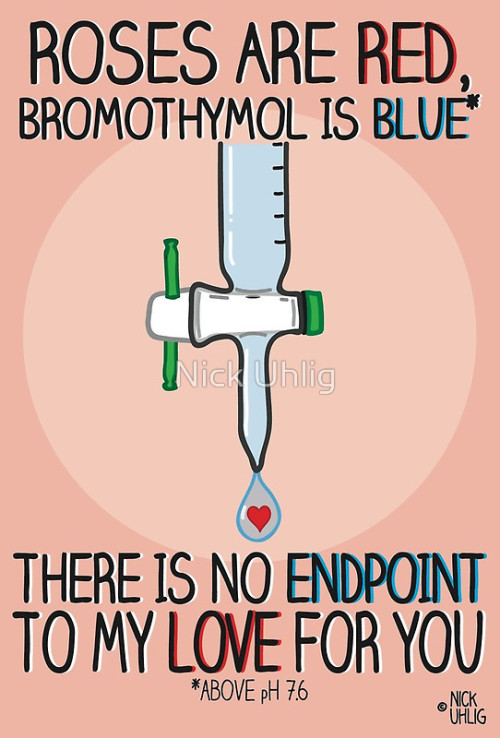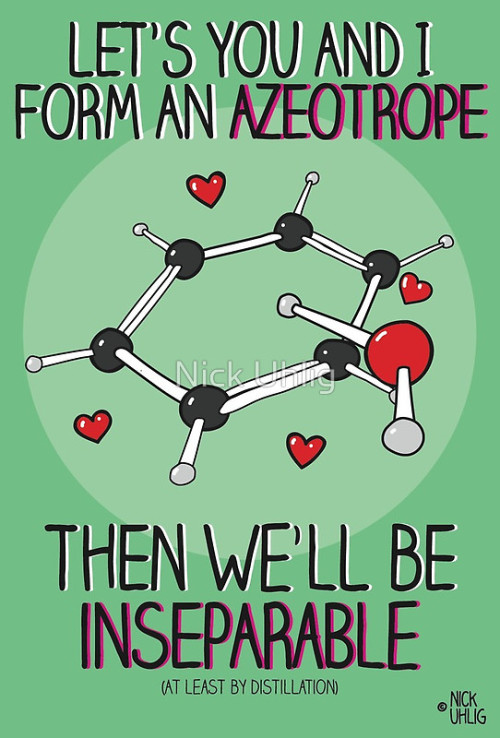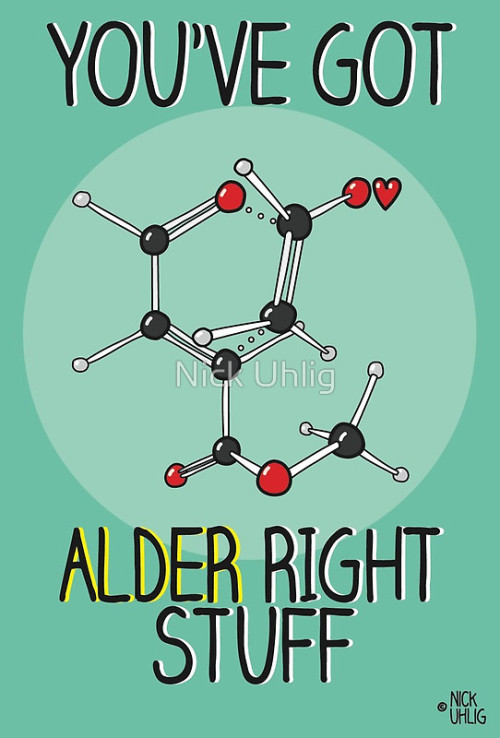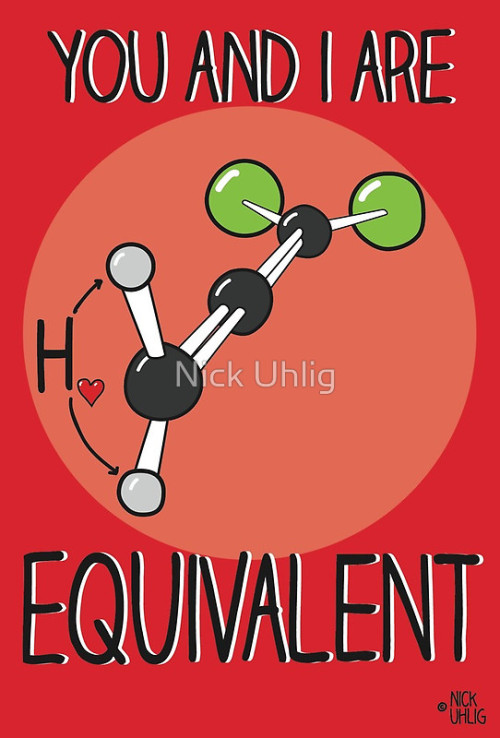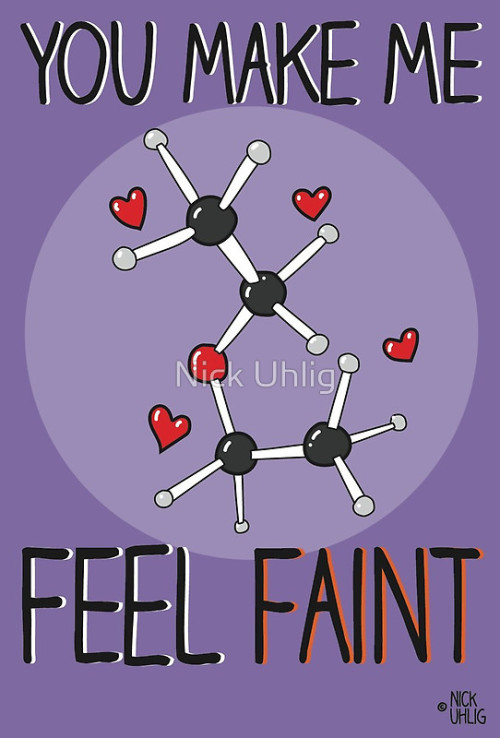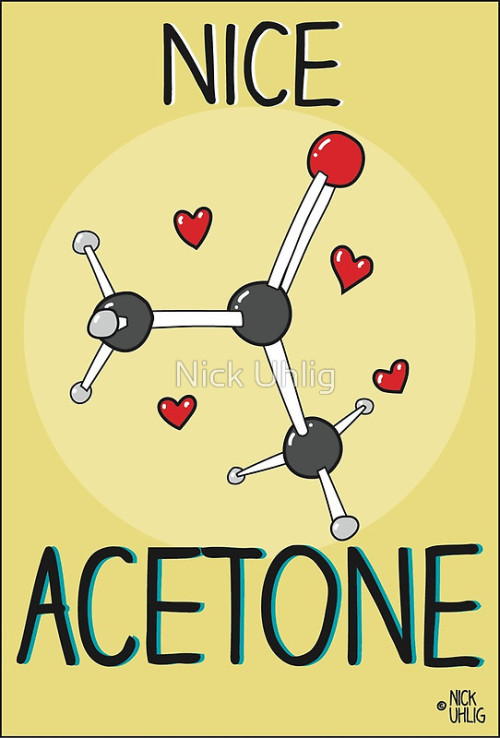Retweet If Youre A Hoe For Space
retweet if youre a hoe for space
More Posts from In-pursuit-of-knowledge-blog and Others
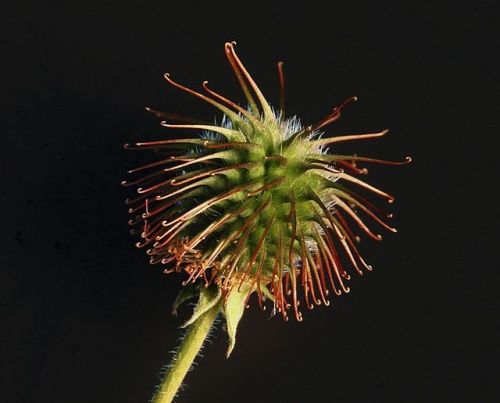
In 1941, Swiss engineer George de Mestral noticed after a hunting trip that burrs from burdock plants stuck to his pants and his dog’s fur.
He took the seed and looked at them through a microscope to find that this seed attaches to animal fur via the hooks on its surface to improve distribution.

Source: All of Nature on Blogspot
These hooks would latch onto anything loop-shaped, such as the fibers in his pants and his dog’s tangled fur. This inspired him to come up with the ‘Velcro’.
Velcro is a bio-mimicry of this burrs with small flexible hooks attached on its surface to attach to fluffy surfaces.


Although it goes by the name Velcro the generic name is a hook-and-loop fastener)

And depending on the load that needs to be held there are different types of hooks that are available:

The sound that the velcro makes when you rip it apart is oddly satisfying. It is made when the loops are ripped apart from the hooks.
It was always in my head that the hooks or the loops would break whenever you would rip it apart. But turns out, they are extremely flexible.

Source
For a long time I believed that this was the end of the story and that’s how far we had gone. But recently when I was trying to mount a board to the wall, I came across the 3M dual lock fasteners.
These use a mushroom shaped hook on both the sides to snap together in place.


Source
And evidently it turns out the mushroom fastener design were inspired from dragonflies who used it for stability during mating (check source video above for more).
This is great, but since this is made of plastic this surely would fail at higher temperatures. You need something robust to handle higher temperatures, and this is where the Metaklett comes into the picture:

A square metre of this fastener, called Metaklett (made of steel), is capable of supporting 35 tonnes at temperatures up to 800 ºC, (Video)
There is something exotic in the blend of nature and technology that is manifested in the Velcro, I just cannot put my hand on what it is.
Have a great day!
the thing about organic chemistry is that you finally get to use all the aesthetically pleasing mad scientist looking chemistry apperatuses that you’ve been waiting to use for years but when u finally get to use them they all turn out to do surprisingly boring things
The Hunt for New Worlds Continues with TESS
We’re getting ready to start our next mission to find new worlds! The Transiting Exoplanet Survey Satellite (TESS) will find thousands of planets beyond our solar system for us to study in more detail. It’s preparing to launch from our Kennedy Space Center at Cape Canaveral in Florida.

Once it launches, TESS will look for new planets that orbit bright stars relatively close to Earth. We’re expecting to find giant planets, like Jupiter, but we’re also predicting we’ll find Earth-sized planets. Most of those planets will be within 300 light-years of Earth, which will make follow-up studies easier for other observatories.

TESS will find these new exoplanets by looking for their transits. A transit is a temporary dip in a star’s brightness that happens with predictable timing when a planet crosses between us and the star. The information we get from transits can tell us about the size of the planet relative to the size of its star. We’ve found nearly 3,000 planets using the transit method, many with our Kepler space telescope. That’s over 75% of all the exoplanets we’ve found so far!

TESS will look at nearly the entire sky (about 85%) over two years. The mission divides the sky into 26 sectors. TESS will look at 13 of them in the southern sky during its first year before scanning the northern sky the year after.

What makes TESS different from the other planet-hunting missions that have come before it? The Kepler mission (yellow) looked continually at one small patch of sky, spotting dim stars and their planets that are between 300 and 3,000 light-years away. TESS (blue) will look at almost the whole sky in sections, finding bright stars and their planets that are between 30 and 300 light-years away.

TESS will also have a brand new kind of orbit (visualized below). Once it reaches its final trajectory, TESS will finish one pass around Earth every 13.7 days (blue), which is half the time it takes for the Moon (gray) to orbit. This position maximizes the amount of time TESS can stare at each sector, and the satellite will transmit its data back to us each time its orbit takes it closest to Earth (orange).

Kepler’s goal was to figure out how common Earth-size planets might be. TESS’s mission is to find exoplanets around bright, nearby stars so future missions, like our James Webb Space Telescope, and ground-based observatories can learn what they’re made of and potentially even study their atmospheres. TESS will provide a catalog of thousands of new subjects for us to learn about and explore.

The TESS mission is led by MIT and came together with the help of many different partners. Learn more about TESS and how it will further our knowledge of exoplanets, or check out some more awesome images and videos of the spacecraft. And stay tuned for more exciting TESS news as the spacecraft launches!
Watch the Launch + More!

Sunday, April 15 11 a.m. EDT - NASA Social Mission Overview
Join mission experts to learn more about TESS, how it will search for worlds beyond our solar system and what scientists hope to find! Have questions? Use #askNASA to have them answered live during the broadcast.
Watch HERE.
1 p.m. EDT - Prelaunch News Conference
Get an update on the spacecraft, the rocket and the liftoff operations ahead of the April 16 launch! Have questions? Use #askNASA to have them answered live during the broadcast.
Watch HERE.
3 p.m. EDT - Science News Conference
Hear from mission scientists and experts about the science behind the TESS mission. Have questions? Use #askNASA to have them answered live during the broadcast.
Watch HERE.
4 p.m. EDT - TESS Facebook Live
This live show will dive into the science behind the TESS spacecraft, explain how we search for planets outside our solar system and will allow you to ask your questions to members of the TESS team.
Watch HERE.
Monday, April 16 10 a.m. EDT - NASA EDGE: TESS Facebook Live
This half-hour live show will discuss the TESS spacecraft, the science of searching for planets outside our solar system, and the launch from Cape Canaveral.
Watch HERE.
1 p.m. EDT - Reddit AMA
Join us live on Reddit for a Science AMA to discuss the hunt for exoplanets and the upcoming launch of TESS!
Join in HERE.
6 p.m. EDT - Launch Coverage!
TESS is slated to launch at 6:32 p.m. EDT on a SpaceX Falcon 9 rocket from our Kennedy Space Center in Florida.
Watch HERE.
Make sure to follow us on Tumblr for your regular dose of space: http://nasa.tumblr.com


Hide the cheese and crackers guys, this raccoon skull is W H I T E!
Seems like heating peroxide to a comfortably warm temperature makes it work twice as fast. This skull now looks like a plastic replica rather than a real skull. Its also 100% complete! My first complete raccoon skull. No cracks, no missing teeth, nothing. Just absolutely perfect.

Southern sea otter recovery has come a long way, but there’s still work to be done. 🐾
How 250 Siberians Became the First Native Americans

The Americas are a big place, but the Native American group that first settled it was small — just about 250 people, according to a new genetic study.
These people, known as a founding group because they “founded” the first population, migrated from Siberia to the Americas by about 15,000 years ago, said study co-lead researcher Nelson Fagundes, a professor in the Department of Genetics at Federal University of Rio Grande do Sul, in Brazil.
Figuring out the size of founding groups is key, because it determines the amount of genetic diversity that gets passed on to the group’s descendants, Fagundes said.
That, in turn, could alter how effectively natural selection weeds out bad genes, Fagundes said.
“Large populations have very efficient selection, while in small populations, mildly deleterious alleles [versions of genes] can spread, which may increase genetic susceptibility to some diseases,” Read more.
I could find uses for this! and it’s strange and really neat!!!
(does anyone have the source?)
Glass of Supervicious Fluid

LiDAR continues to aid archaeologists by mapping ancient settlements in the Americas from the sky. Check out Dr. Fishers recent LiDAR research:
-
 chaniszn liked this · 4 years ago
chaniszn liked this · 4 years ago -
 frenemyofthestateus reblogged this · 5 years ago
frenemyofthestateus reblogged this · 5 years ago -
 justserendipities liked this · 5 years ago
justserendipities liked this · 5 years ago -
 amanita-muscaria-things reblogged this · 5 years ago
amanita-muscaria-things reblogged this · 5 years ago -
 su-zet reblogged this · 5 years ago
su-zet reblogged this · 5 years ago -
 comeherebeautiful reblogged this · 5 years ago
comeherebeautiful reblogged this · 5 years ago -
 justfangirlingherepaynoattention liked this · 5 years ago
justfangirlingherepaynoattention liked this · 5 years ago -
 mywifeisnotweakmyhusbandisgentle reblogged this · 5 years ago
mywifeisnotweakmyhusbandisgentle reblogged this · 5 years ago -
 mywifeisnotweakmyhusbandisgentle liked this · 5 years ago
mywifeisnotweakmyhusbandisgentle liked this · 5 years ago -
 thebiggerpicture23 reblogged this · 5 years ago
thebiggerpicture23 reblogged this · 5 years ago -
 fieldmemory liked this · 5 years ago
fieldmemory liked this · 5 years ago -
 mightbereal reblogged this · 5 years ago
mightbereal reblogged this · 5 years ago -
 bluejaywvy liked this · 5 years ago
bluejaywvy liked this · 5 years ago -
 tranquilityy reblogged this · 5 years ago
tranquilityy reblogged this · 5 years ago -
 expose-her reblogged this · 5 years ago
expose-her reblogged this · 5 years ago -
 lounginglackadaisically reblogged this · 5 years ago
lounginglackadaisically reblogged this · 5 years ago -
 ashellofmyformerself liked this · 5 years ago
ashellofmyformerself liked this · 5 years ago -
 dadjokeaesthetic liked this · 5 years ago
dadjokeaesthetic liked this · 5 years ago -
 spocks-eyebrow liked this · 5 years ago
spocks-eyebrow liked this · 5 years ago -
 a-stew liked this · 5 years ago
a-stew liked this · 5 years ago -
 cupidxghoul reblogged this · 5 years ago
cupidxghoul reblogged this · 5 years ago -
 trin-da-goddess liked this · 5 years ago
trin-da-goddess liked this · 5 years ago -
 espuma-d-mar liked this · 5 years ago
espuma-d-mar liked this · 5 years ago -
 sunlight-refracted-blog reblogged this · 5 years ago
sunlight-refracted-blog reblogged this · 5 years ago -
 sunlight-refracted-blog liked this · 5 years ago
sunlight-refracted-blog liked this · 5 years ago -
 abbas0lutely reblogged this · 5 years ago
abbas0lutely reblogged this · 5 years ago -
 nova-valhalla reblogged this · 5 years ago
nova-valhalla reblogged this · 5 years ago -
 nova-valhalla liked this · 5 years ago
nova-valhalla liked this · 5 years ago -
 hail-zzz reblogged this · 5 years ago
hail-zzz reblogged this · 5 years ago -
 chhi reblogged this · 5 years ago
chhi reblogged this · 5 years ago -
 bbybrasilian reblogged this · 5 years ago
bbybrasilian reblogged this · 5 years ago -
 bbybrasilian liked this · 5 years ago
bbybrasilian liked this · 5 years ago -
 fckntwistedfreak liked this · 5 years ago
fckntwistedfreak liked this · 5 years ago -
 dreamless-lullaby liked this · 5 years ago
dreamless-lullaby liked this · 5 years ago -
 fullmoon76 reblogged this · 5 years ago
fullmoon76 reblogged this · 5 years ago -
 melinda-bihh3 reblogged this · 5 years ago
melinda-bihh3 reblogged this · 5 years ago -
 melinda-bihh3 liked this · 5 years ago
melinda-bihh3 liked this · 5 years ago -
 ezzyblondie reblogged this · 5 years ago
ezzyblondie reblogged this · 5 years ago -
 ezzyblondie liked this · 5 years ago
ezzyblondie liked this · 5 years ago
Once I was made of stardust. Now I am made of flesh and I can experience our agreed-upon reality and said reality is exciting and beautiful and terrifying and full of interesting things to compile on a blog! / 27 / ENTP / they-them / Divination Wizard / B.E.y.O.N.D. department of Research and Development / scientist / science enthusiast / [fantasyd20 character]
162 posts

